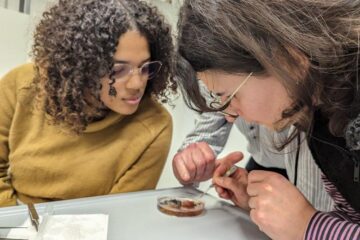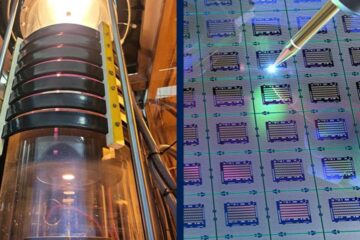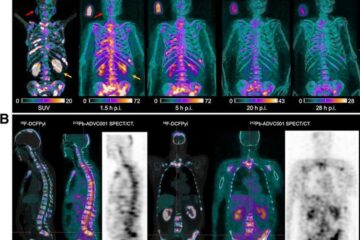Bacterial TIR domain mimics as autoimmune and anti-infective therapeutics

Pathogenic microbes possess sophisticated molecular tools to suppress the immune response of their mammalian hosts. Recently, a novel mechanism used by microbial pathogens
to circumvent innate immunity was demonstrated (Cirl et al. 2008, Nature Medicine 14, 399-406). This involves a bacterial TIR domain-containing protein (Tcp) that is secreted by bacterial pathogens and inhibits Toll-like receptor (TLR) signalling. <p> Toll-like receptors have a central role in innate immunity. They recognise molecules from microbial pathogens and trigger an immune response through a signalling domain called TIR. Bacterial Tcps contain a TIR domain that mimics the TIR domain of Toll-like receptors. TLR signalling is interrupted when MyD88, a downstream component of TLR signalling, binds to the TIR domain of a bacterial Tcp instead of to the TIR domain of a Toll-like receptor. This way, secreted Tcps impair the release of cytokines and, subsequently, prevent an inflammatory response. <p> Our data show that bacterial Tcps or the TIR domains contained in Tcps can be used to modulate cytokine responses of innate immune cells as is desirable in the treatment of autoimmune diseases. Also, we provide a new anti-infective strategy that prevents secretion of Tcps. Reference: Cirl C, Wieser A, Yadav M, Duerr S, Schubert S, Fischer H, Stappert D, Wantia N, Rodriguez N, Wagner H, Svanborg C, Miethke T (2008) Subversion of Toll-like receptor signaling by a unique family of bacterial Toll/interleukin-1 receptor domain-containing proteins.
Further Information: PDF
Bayerische Patentallianz GmbH
Phone: +49 89 5480177-0
Contact
Peer Biskup
Media Contact
All latest news from the category: Technology Offerings
Newest articles

A new look at the consequences of light pollution
GAME 2024 begins its experiments in eight countries. Can artificial light at night harm marine algae and impair their important functions for coastal ecosystems? This year’s project of the training…

Silicon Carbide Innovation Alliance to drive industrial-scale semiconductor work
Known for its ability to withstand extreme environments and high voltages, silicon carbide (SiC) is a semiconducting material made up of silicon and carbon atoms arranged into crystals that is…

New SPECT/CT technique shows impressive biomarker identification
…offers increased access for prostate cancer patients. A novel SPECT/CT acquisition method can accurately detect radiopharmaceutical biodistribution in a convenient manner for prostate cancer patients, opening the door for more…

















